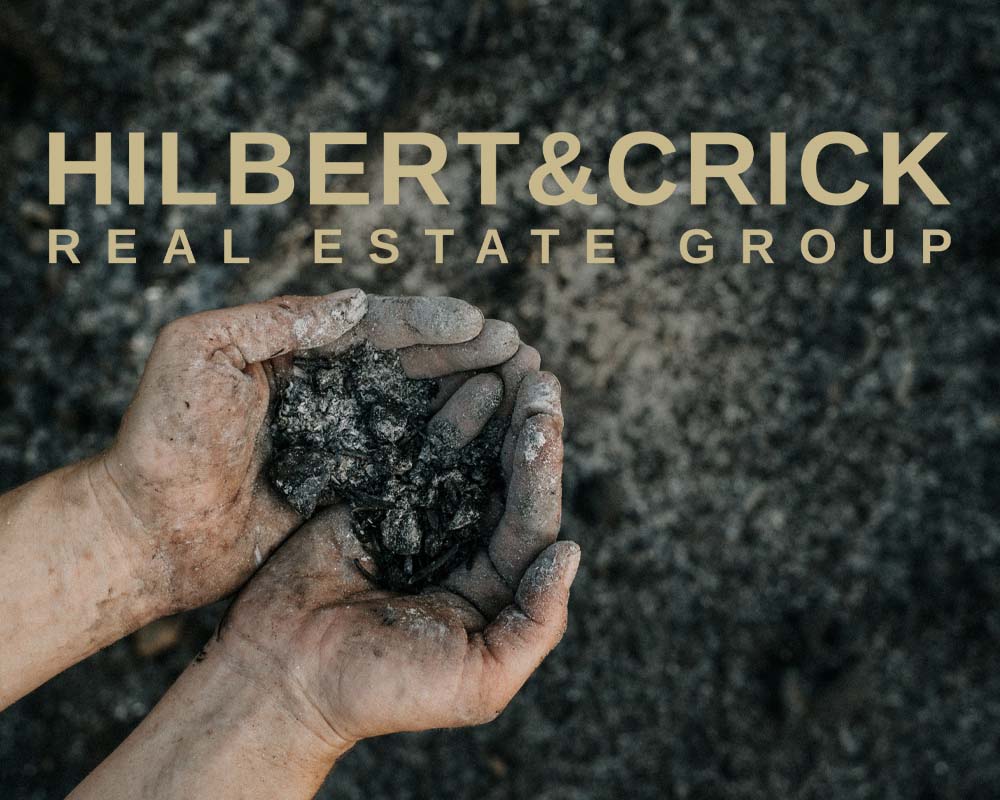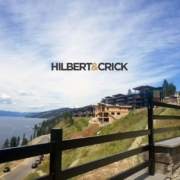Houses for Sale in Kelowna Canada: Mitigating Wildfire Risks
In Kelowna, there are very few natural disasters. For this reason, Kelowna is a very safe place to call home. However, with this said, the area is known to experience wildfires. As such, it is important that homeowners of houses for sale in Kelowna Canada do their part to protect their property from potential wildfire risks. Creating a FireSmart property is a great way to help prevent wildfires from spreading and reduce the risk that these natural disasters can have on your home. In this article, we will cover tips and advice on how to ensure that your property is better resistant to damage caused by a wildfire. Follow along below to learn more about fireproofing your home and the land surrounding it!
Why Create a FireSmart Home?
Creating a fire-safe home is important for numerous reasons. The most obvious reason is to protect you and your family from the life-threatening risks of a wildfire. Being diligent about fire prevention also helps decrease the chances of your home and belongings getting ruined by fire. As a result, you will have reduced repair costs if something goes wrong, and in some cases, lower insurance premiums. When multiple homes in a community adopt FireSmart practices, the overall risk of wildfire spread is minimized. Another great benefit of being FireSmart is the increased efficiency of emergency services. Homes that actively prevent fire damage are easier for firefighters to defend, allowing them to allocate resources more effectively.

The First Steps to Ensuring Houses for Sale in Kelowna Canada Fire Safe
The first step to ensuring houses for Sale in Kelowna Canada are fire-safe is understanding how fires grow and spread. For wildfires to grow, they need fuel. Wildfire fuel comes in many forms but is usually comprised of vegetation, trees and unmitigated homes. Most often, wildfires spread through embers. Embers are the burning debris that can soar on the average up to two kilometres ahead of a wildfire. These particles are dangerous and can quickly ignite materials on or near your home causing damage or complete loss.
As you look toward making your home FireSmart, the first area to take care of is the “Immediate Zone”. The immediate zone is located 0-1.5 meters from the home. This area includes things like the roof, chimney, gutters, eaves, vents, siding, immediate landscaping, and decking. For your roof, you want to ensure that it is clean from debris and made from fire-resistant materials. If your home is still using untreated wood shakes, it might be time for an upgrade. Using metal, asphalt, or rubber tiles for your roofing can be a much safer alternative.
If your home has a chimney, consider installing a spark arrestor to reduce the chances of sparks escaping and starting fires. Another way to protect the immediate zone from fire is to keep your gutters clean. Regularly scheduling time to remove debris from your gutters ensures less potential fuel could ignite. You should also consider investing in doors and windows that are fire-rated and can help prevent the spread of flames. Moreover, if your home has a deck, make sure that you clean underneath it. Decks can quickly accumulate material underneath their boards, so be sure to take time to remove any fuel that may build up.
Fire Prevention in the Intermediate and Extended Zones
Creating a FireSmart yard within the intermediate zone, which spans 1.5 to 10 meters from your home, is essential for enhancing your property’s defence against wildfires. This zone requires meticulous selection and placement of plants, shrubs, and materials to reduce fire risks. Opt for low-growing, well-spaced, fire-resistant plants and shrubs that possess characteristics such as moist, supple leaves, minimal dead vegetation, and low resin content.
It’s crucial to avoid highly flammable vegetation like cedar, juniper, pine, and tall grass, as well as to refrain from using bark or pine needle mulches. Maintaining a mowed lawn shorter than 10 centimetres, using non-combustible materials around your home, and regularly clearing debris from roofs, gutters, and around the yard are vital practices. Firewood piles, burn barrels, and fire pits should be strategically placed away from the house and other structures, and on-site fire tools should be readily accessible. Additionally, ensure that power lines are free from overhanging branches to prevent fire hazards.
The extended zone, which covers 10 to 30 meters from your home, focuses on reducing the intensity and spread of wildfires by managing vegetation and ensuring clear access routes for emergency responders. Key practices in this zone include spacing coniferous trees at least three meters apart to prevent the fire from easily spreading through treetops and removing smaller coniferous trees that could act as fuel ladders. Pruning lower branches within two meters of the ground can help stop surface fires from climbing into the treetops.
Additionally, clear woody debris from the ground and regularly clean up fallen branches and leaves. To facilitate safe evacuation and access for fire trucks, keep roadways and driveways clear of overhanging vegetation, ensure your property is clearly marked with your address, and if possible, provide multiple access routes to your home with adequate turnarounds.

Contact us Today!
If you’re interested in learning more about protecting houses for sale in Kelowna Canada from wildfires, don’t hesitate to reach out! For more information about buying/selling homes for sale in Kelowna, contact us today! We’d be happy to help you find an amazing home that accommodates you and your family’s needs! Be sure to check out our social media for the latest updates and more. And, stay tuned to our blog for more real estate-related information. We look forward to working with you!










Leave a Reply
Want to join the discussion?Feel free to contribute!